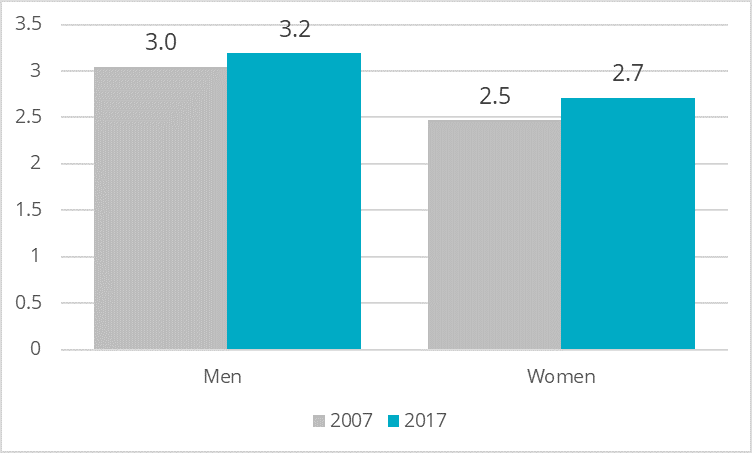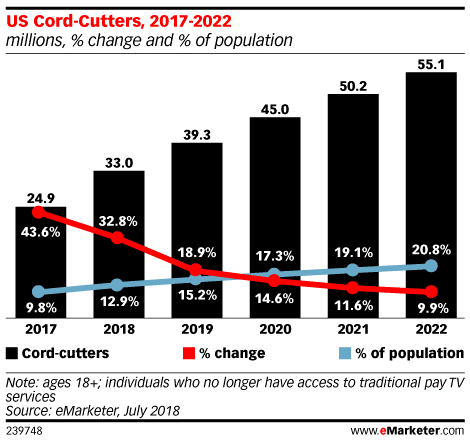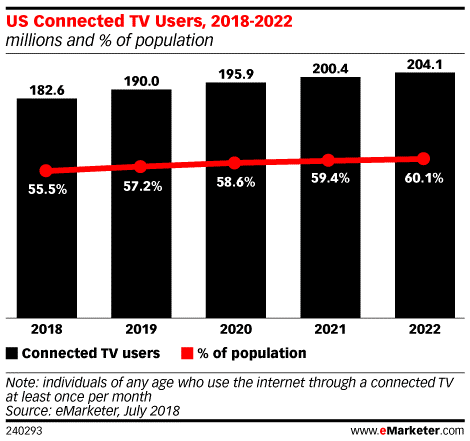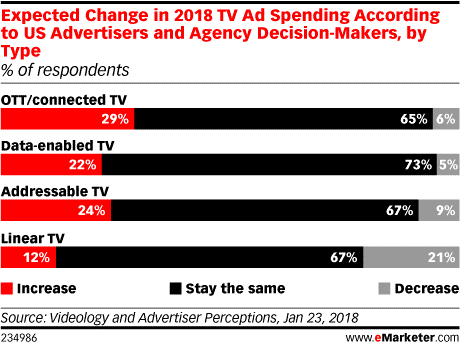Television has been around since the early 1940s, and millions of dollars have been spent on placing ads on the platform. Television used to be the main and most effective way to reach a wide range of people. But is this still true? Everyone has the internet in the palm of their hands. Has that eaten into the time people spend watching television? In today’s episode of the Marketing Myths Podcast, Aaron & Tobaria talk about the effectiveness of television as a form of marketing.
The Marketing Myths Podcast is available where you listen to podcasts!
We would appreciate it if you’d rate and recommend our podcast.
| Anchor | Apple Podcasts |
| Breaker | Castbox |
| Google Podcasts | Overcast |
| Pocket Casts | RadioPublic |
| Spotify | Stitcher |
Show Notes
American Time Use Survey by the Bureau of Labor Statistics
| Watching TV | 15 to 24 | 25 to 34 | 35 to 44 | 45 to 54 | 55 to 64 | 65+ |
| 2007 | 2.3 | 2.39 | 2.295 | 2.65 | 3.09 | 4.035 |
| 2017 | 2 | 2.01 | 2.09 | 2.64 | 3.23 | 4.37 |

| Watching TV | Men | Women |
| 2007 | 3.045 | 2.47 |
| 2017 | 3.19 | 2.71 |

https://www.emarketer.com/content/exodus-from-pay-tv-accelerates-despite-ott-partnerships
Connected TV is popular with cord cutters, or those who have ceased paying for TV services in the home. According to eMarketer estimates, about 33 million have stopped their subscriptions to a paid TV service.

https://www.emarketer.com/content/connected-tv-advertising
In 2018, our forecast puts the number of connected TV users at 182.6 million, or 55.5% of the US population. In 2022, the number of connected TV users will rise to 204.1 million, which will represent 60.1% of the population.


https://fitsmallbusiness.com/tv-advertising/
